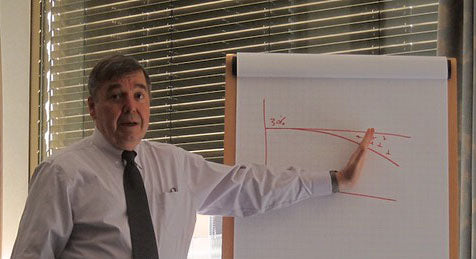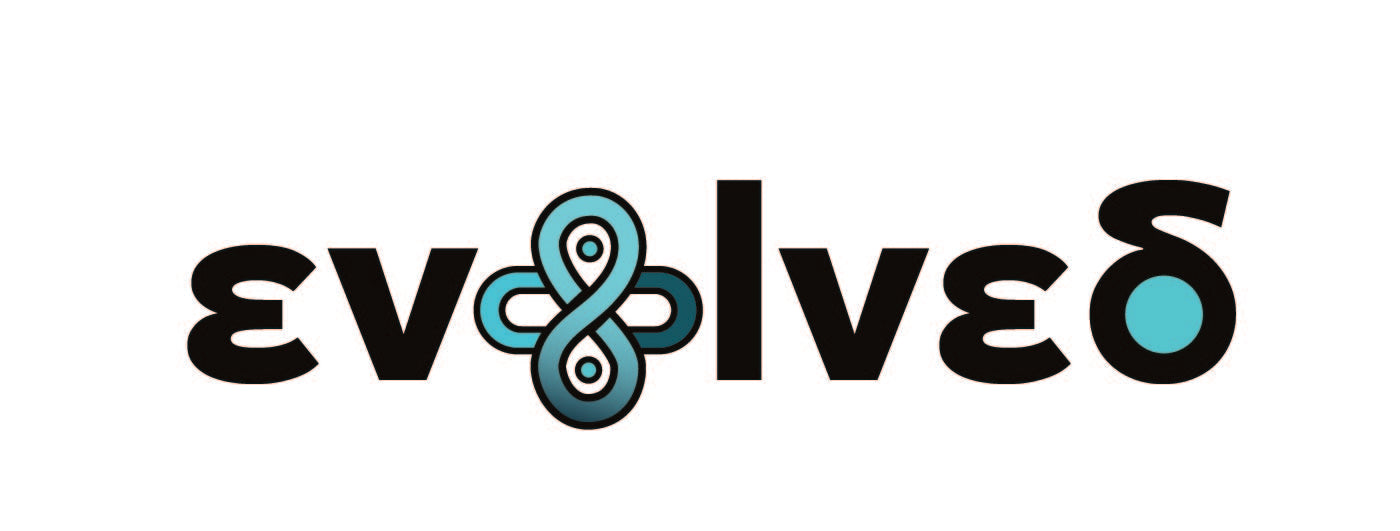
Donald G Reinertsen
Bio
To be clear, Donald G Reinertsen, is not an official supporter of Evolved; no support should be assumed. At the same time, we think curious people should be aware of their work.
Personal or Business or Community websites:
More Publications
-
**Summary:**
Donald G. Reinertsen is a foundational thinker in Lean and flow-based product development. His books—*The Principles of Product Development Flow*, *Developing Products in Half the Time*, and *Managing the Design Factory*—are seminal works that blend rigorous science with practical guidance. His articles introduced key concepts like the "Fuzzy Front End" and the application of queuing theory to product development, influencing generations of Lean, Agile, and product management practitioners.
---
## Books
### 1. **The Principles of Product Development Flow: Second Generation Lean Product Development**
**Author:** Donald G. Reinertsen
**Description:**
This landmark book fundamentally challenges conventional approaches to product development management. Reinertsen introduces 175 principles organized into eight major areas, focusing on controlling queues, reducing batch sizes, accelerating feedback, and managing flow in the presence of variability. Drawing on lean manufacturing, telecommunications, military doctrine, and systems theory, the book explains why traditional paradigms fail and offers a science-based, practical framework for improving economic outcomes and speed in product development. It is widely regarded as essential reading for anyone involved in Lean, Agile, or product innovation, providing deep insights into queueing theory, the cost of delay, and the economics of flow.
---
### 2. **Developing Products in Half the Time: New Rules, New Tools**
**Authors:** Preston G. Smith, Donald G. Reinertsen
**Description:**
A classic in the field, this book delivers actionable strategies for accelerating product development cycles. Smith and Reinertsen offer practical tools and case studies to help organizations reduce time-to-market while maintaining quality and innovation. The book covers cross-functional teams, overlapping development phases, and risk management, making it a foundational text for anyone seeking to speed up product innovation.
---
### 3. **Managing the Design Factory: A Product Developer’s Toolkit**
**Author:** Donald G. Reinertsen
**Description:**
This book applies principles of Just-in-Time manufacturing to product development, introducing tools and frameworks for managing variability, queues, and flow. Reinertsen provides a toolkit for managers to improve predictability, efficiency, and innovation in design and development processes, bridging the gap between manufacturing and product development thinking.
-
## Books
### 1. **The Principles of Product Development Flow: Second Generation Lean Product Development**
**Author:** Donald G. Reinertsen
**Publisher:** Celeritas Publishing
**Publication Date:** 2009
**ISBN:** 9781935401001
---
### 2. **Developing Products in Half the Time: New Rules, New Tools**
**Authors:** Preston G. Smith, Donald G. Reinertsen
**Publisher:** Wiley
**Publication Date:** 1997
**ISBN:** 9780471292526
---
### 3. **Managing the Design Factory: A Product Developer’s Toolkit**
**Author:** Donald G. Reinertsen
**Publisher:** Free Press
**Publication Date:** 1997
**ISBN:** 9780684839912
-
## Articles (selection)
### 1. **The Fuzzy Front End**
**Author:** Donald G. Reinertsen
**Publication:** Electronic Business Magazine, 1985
**Description:**
In this influential article, Reinertsen coined the term "Fuzzy Front End" to describe the ambiguous early stage of product development. He quantified the financial value of development speed and highlighted the importance of managing uncertainty and variability at the outset of innovation projects.
---
### 2. **Applying Queuing Theory to Product Development**
**Author:** Donald G. Reinertsen
**Publication:** Various (notably, 1991 article referenced in his books)
**Description:**
Reinertsen was among the first to apply queuing theory to product development, demonstrating how unmanaged queues create delays and inefficiencies. His work shows how principles from telecommunications and operations research can be leveraged to optimize flow and reduce cycle times in development environments.

